It’s an interesting concept, but it does make perfect sense. And I’m always in the mood for incorporating a well abused movie line to help frame an environmental point. Borderline cheesy perhaps, but I cannot refrain myself so just roll your eyes and stick with me. If you build it, they will come. But instead of a mystical ball field and long lost father, it’s all about ecosystem gardening and wildlife.
If you build a suitable habitat the wildlife returns. I’m not sure if Carole Brown was the one who coined the phrase Ecosystem Gardening, but it was one that I’ve become fascinated with simply for the fact that it embodies and promotes an idea anyone can implement on any scale. According to her website Ecosystem Gardening, Carole has “spent almost 20 years as a consultant designing, installing and maintaining wildlife gardens for people who want to share their space with birds, butterflies, frogs and toads, bats, reptiles and amphibians, and yes even insects.”
And sharing my space with wildlife is exactly what I wanted to accomplish. As neighborhoods continue to pop up and habitat continues to diminish, fragmentation proliferates. Thus it becomes even more important for all of us to get on board with the creation of habitat corridors. Just imagine the bounty of life that would become our literal neighbors if entire neighborhoods would think in terms of creating ecosystems.
Well, after a couple of years of on and off again tinkering, my wife and I put the finishing touches on our space and within the last month had our backyard certified as a wildlife habitat through the National Wildlife Foundation. And it felt good to know that we greatly exceeded the requirements as we checked off categories spanning Food Sources, Water Sources, Places for Cover, Places to Raise Young, and Sustainable Gardening. As butterfly bushes are now reaching skyward at a height of 11 feet and blueberries are now recognizable as edible fruit, we are pleased to find that life is making use of our suburban sanctuary as squirrels, butterflies, birds, and frogs explore a place they can call home.
So what are you waiting for? Explore Ecosystem Gardening, create wildlife habitat, and protect the environment today!

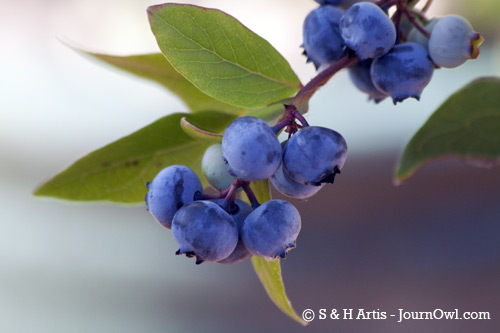
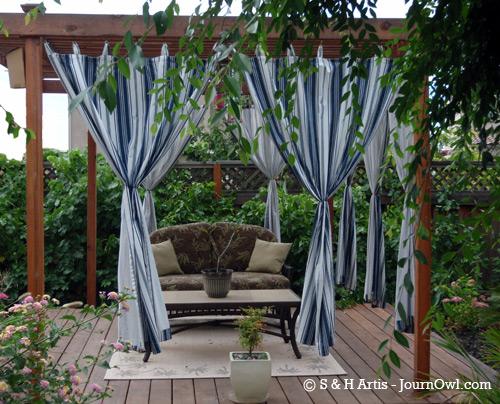
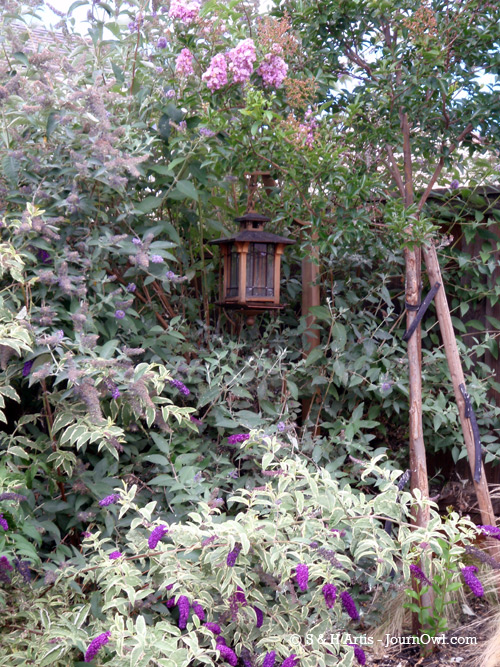

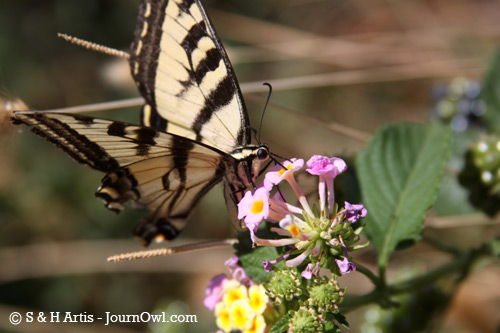

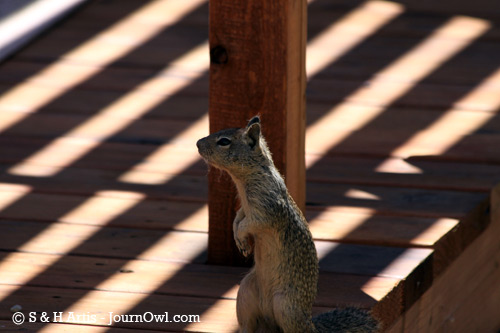

Thanks for the shout-out Scott!
I am having some serious gazebo envy! I can just imagine sitting there and watching the birds and butterflies and other critters swirl around me. It’s so nice to see that Quail because we don’t have them here.
Your photos are amazing, as is your garden. Thanks for showing it off.
[…] was thrilled this week when an online buddy wrote an article about his garden which was inspired by Ecosystem Gardening. He took to heart some of the things that I’ve written about here and designed a garden to […]
[…] my buddy Scott Artis at JournOwl wrote about how Ecosystem Gardening had inspired him to create a habitat garden as a wildlife corridor. His garden is […]
[…] my buddy Scott Artis at JournOwl wrote about how Ecosystem Gardening had inspired him to create a habitat garden as a wildlife corridor. His garden is […]
[…] […]